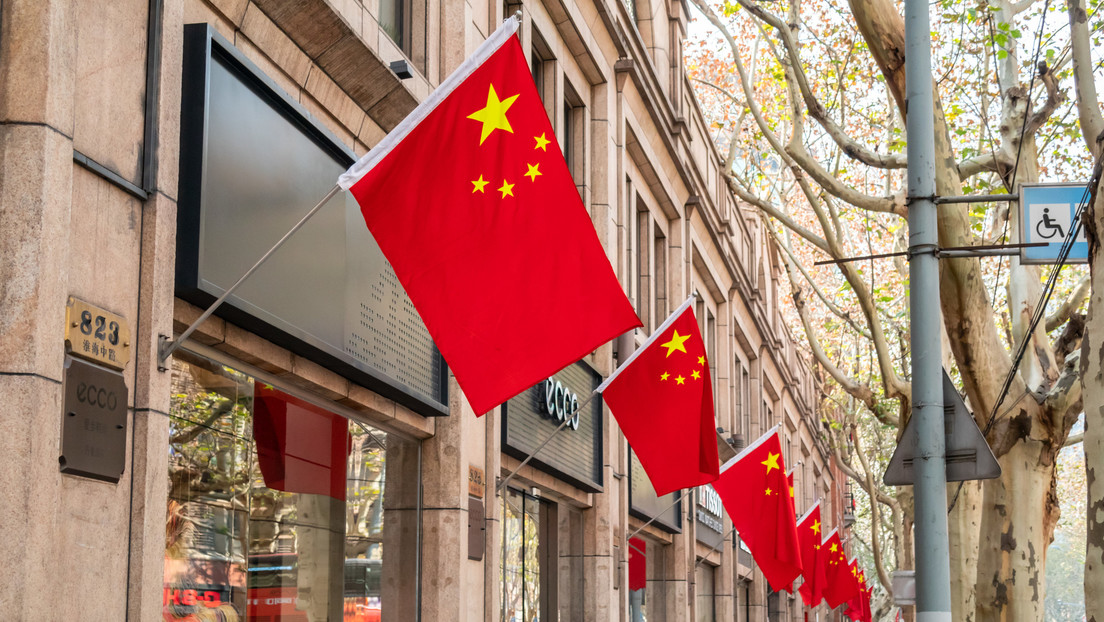The Chinese government chose 8,997 SMEs as “small giants”, whose obligation would be to contribute to the technological development of the country to overcome the confrontation with the US, it was announced on September 8 at the meeting of this type of companies in the Chinese city of Nanjing.
Chinese President Xi Jinping sent a letter, in which he said such firms “will play a greater role in stabilizing supply chains and promoting economic and social development.”
“Little giants” are not-so-famous companies that produce goods, services, and technologies in sectors such as semiconductors, advanced manufacturing, energy, and critical minerals.
At the meeting, it was revealed that in 2021 the “small giants” had an average profit of 40 million yuan (about 5.6 million US dollars), more than 3 times more than other SMEs whose annual income is at minus 20 million yuan.
n order to be considered a “small giant”, the SME must work with sectors that have strategic importance, such as software and artificial intelligence. They also have to “fix the vulnerability” in the national supply chain, which is determined by the Ministry of Industry and Information Technology.
Also, officially recognized “little giants” enjoy privileges such as tax incentives or benefits at the provincial or even central level. Minister Jin Zhuanglong promised to “improve the regulatory system” and “accelerate the implementation of supporting institutional measures to encourage innovation, financing and promotion.”
The idea of classifying companies as “small giants” emerged in 2019. By 2025, their number should rise to 10,000 SMEs.



